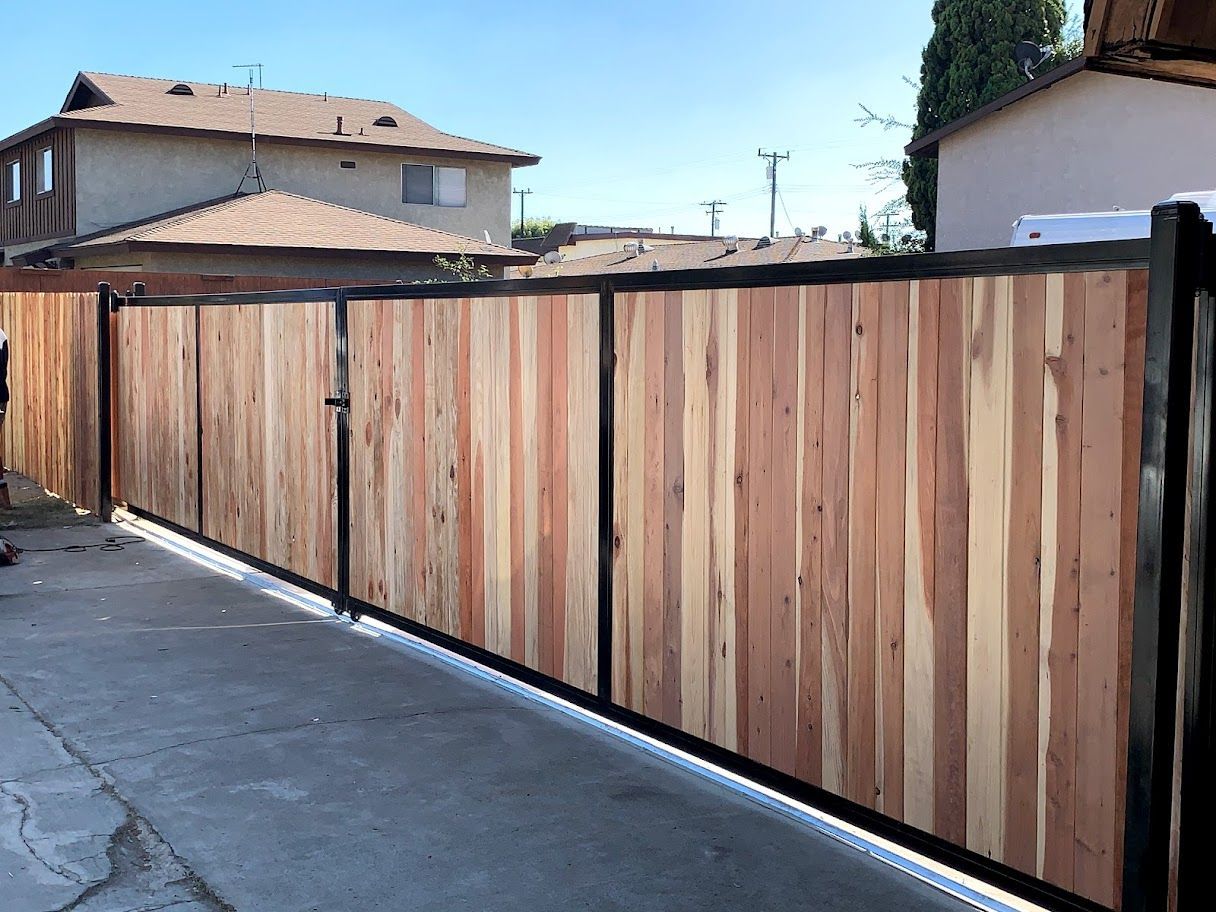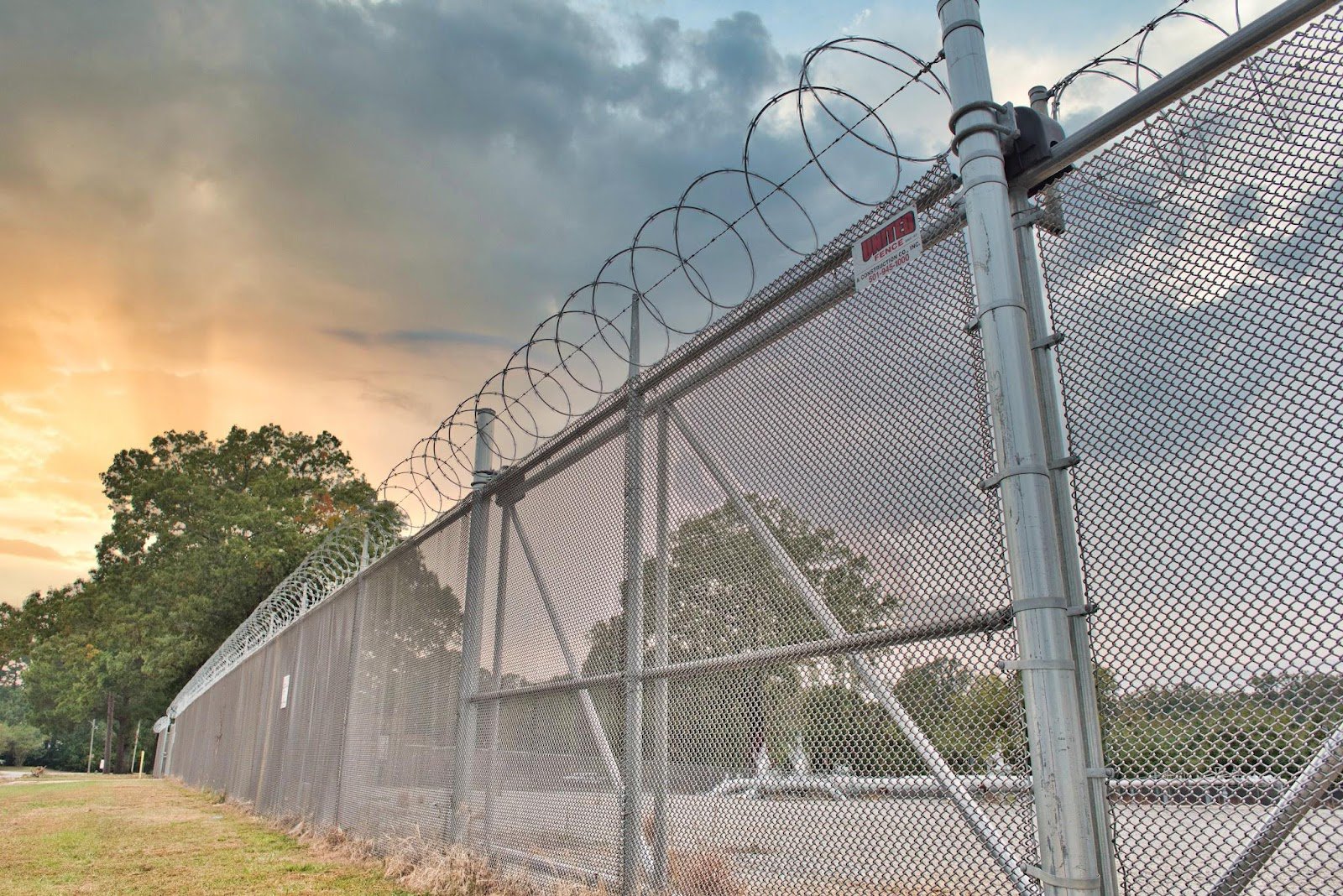All Categories
Featured
Your fencing is an investment that provides personal privacy, curb, and safety and security appeal. To keep it in exceptional form, routine upkeep customized to its product is important. Each fence type has special upkeep requires based on its material's toughness, exposure to the components, and various other factors. Here's a comprehensive guide to keeping different fencing products.
![]()
Weather Security: Use a top quality sealer or stain every 2-- 3 years to secure the timber from dampness and UV rays. For severe climates, yearly reapplication might be required. Cleaning: Make use of a garden hose or a pressure washer on a low setup to remove dust and mold. Comply with up with a mild cleaning agent for persistent stains. Repair services: Examine for loosened or deteriorating boards and change them immediately. Tighten up screws or nails to maintain the framework stable. Pest Control: Use termite-resistant timber or deal with the fencing with bug repellents to prevent infestations. 2. Vinyl Fences. Vinyl fencings are preferred for their resilience and very little upkeep demands.
Cleaning: Clean the surface with a yard tube or a mix of soap and water to eliminate dirt and algae. For challenging stains, make use of a soft-bristle brush or a vinyl-specific cleanser. Examinations: Routinely evaluate for splits or warping, specifically after heavy influences or strong winds. Repair work: Replace any damaged sections quickly. Vinyl fences typically make use of modular elements, making repairs straightforward. 3. Chain-Link Fences. Chain-link fences are affordable and sturdy but require regular focus to prevent corrosion.
Corrosion Elimination: Make use of a cord brush to eliminate corrosion from revealed locations, then use a rust-inhibiting spray to secure the steel. Cleaning: Hose down the fencing regularly to remove dust. For grime, use soapy water and a stiff-bristle brush. Repair work: Tighten up any kind of sagging sections or change harmed links to maintain safety. 4. Wrought Iron Fences. Wrought iron fences use sturdiness and sophistication but are susceptible to rust otherwise effectively preserved.
![]()
Rust Avoidance: Remove corrosion areas with sandpaper and use a rust-resistant guide complied with by outside metal paint. Examine for corrosion a minimum of twice a year. Cleansing: Clean down with a cloth and soapy water to maintain the surface. Prevent rough cleansers that can damage the surface area. Repainting: Repaint every couple of years to secure the steel from deterioration and keep it looking fresh. 5. Aluminum Fences. Aluminum fencings are light-weight, sturdy, and resistant to rust, calling for less maintenance contrasted to functioned iron.
Cleaning: Tidy with soap and water to remove dirt and dust. Rinse extensively to stop deposit. Examinations: Look for loose hardware or damages, especially after storms. Safeguard or change parts as required. Touch-Ups: Use paint to damaged or chipped locations to avoid damage to the protective covering. 6. Compound Fences. Composite fences are made from a mix of timber and plastic, combining resilience with very little maintenance.
![]()
Cleansing: Utilize a pipe or a soft brush with soap and water to cleanse the surface. Prevent making use of harsh chemicals. Evaluations: Seek warping, specifically in extreme warmth. Tighten up or change any damaged panels. Build Prevention: While composite products resist rot, maintain the fencing completely dry and tidy to stay clear of mold and mildew accumulation. 7. Bamboo Fences. Bamboo is a green option but requires careful upkeep to maintain its look and long life.
Sealing: Apply a protective sealant or varnish every 2-- 3 years to defend against moisture and UV damage. Cleaning: Clean with mild soap and a soft sponge or brush. Avoid high-pressure washing, which can harm bamboo fibers. Fixings: Change damaged poles or sections to maintain structural stability and look. General Upkeep Tips for All Fence Types. Routine Assessments: Examine your fencing at least once every period for damages, wear, or loosened components. Trimming Plants: Maintain plants, bushes, and vines far from the fencing to avoid moisture damage and minimize insect activity. Seasonal Modifications: In areas with snow, avoid piling snow versus your fence to avoid structural stress and anxiety. In warm climates, check for heat-related bending or fading. Conclusion. Each fence material has its one-of-a-kind upkeep needs, yet a proactive technique to care can prolong its lifespan and keep it looking its ideal. Wooden fencings require more focus compared to vinyl or aluminum, however each product benefits from normal cleansing, evaluations, and prompt repair services. By tailoring your upkeep practices to the type of fence you own, you'll make sure that it remains to give curb, privacy, and protection allure for many years to come.

- Wooden Fences. Wooden fencings are valued for their all-natural look but require constant maintenance to stop damages.
Weather Security: Use a top quality sealer or stain every 2-- 3 years to secure the timber from dampness and UV rays. For severe climates, yearly reapplication might be required. Cleaning: Make use of a garden hose or a pressure washer on a low setup to remove dust and mold. Comply with up with a mild cleaning agent for persistent stains. Repair services: Examine for loosened or deteriorating boards and change them immediately. Tighten up screws or nails to maintain the framework stable. Pest Control: Use termite-resistant timber or deal with the fencing with bug repellents to prevent infestations. 2. Vinyl Fences. Vinyl fencings are preferred for their resilience and very little upkeep demands.
Cleaning: Clean the surface with a yard tube or a mix of soap and water to eliminate dirt and algae. For challenging stains, make use of a soft-bristle brush or a vinyl-specific cleanser. Examinations: Routinely evaluate for splits or warping, specifically after heavy influences or strong winds. Repair work: Replace any damaged sections quickly. Vinyl fences typically make use of modular elements, making repairs straightforward. 3. Chain-Link Fences. Chain-link fences are affordable and sturdy but require regular focus to prevent corrosion.
Corrosion Elimination: Make use of a cord brush to eliminate corrosion from revealed locations, then use a rust-inhibiting spray to secure the steel. Cleaning: Hose down the fencing regularly to remove dust. For grime, use soapy water and a stiff-bristle brush. Repair work: Tighten up any kind of sagging sections or change harmed links to maintain safety. 4. Wrought Iron Fences. Wrought iron fences use sturdiness and sophistication but are susceptible to rust otherwise effectively preserved.

Rust Avoidance: Remove corrosion areas with sandpaper and use a rust-resistant guide complied with by outside metal paint. Examine for corrosion a minimum of twice a year. Cleansing: Clean down with a cloth and soapy water to maintain the surface. Prevent rough cleansers that can damage the surface area. Repainting: Repaint every couple of years to secure the steel from deterioration and keep it looking fresh. 5. Aluminum Fences. Aluminum fencings are light-weight, sturdy, and resistant to rust, calling for less maintenance contrasted to functioned iron.
Cleaning: Tidy with soap and water to remove dirt and dust. Rinse extensively to stop deposit. Examinations: Look for loose hardware or damages, especially after storms. Safeguard or change parts as required. Touch-Ups: Use paint to damaged or chipped locations to avoid damage to the protective covering. 6. Compound Fences. Composite fences are made from a mix of timber and plastic, combining resilience with very little maintenance.

Cleansing: Utilize a pipe or a soft brush with soap and water to cleanse the surface. Prevent making use of harsh chemicals. Evaluations: Seek warping, specifically in extreme warmth. Tighten up or change any damaged panels. Build Prevention: While composite products resist rot, maintain the fencing completely dry and tidy to stay clear of mold and mildew accumulation. 7. Bamboo Fences. Bamboo is a green option but requires careful upkeep to maintain its look and long life.
Sealing: Apply a protective sealant or varnish every 2-- 3 years to defend against moisture and UV damage. Cleaning: Clean with mild soap and a soft sponge or brush. Avoid high-pressure washing, which can harm bamboo fibers. Fixings: Change damaged poles or sections to maintain structural stability and look. General Upkeep Tips for All Fence Types. Routine Assessments: Examine your fencing at least once every period for damages, wear, or loosened components. Trimming Plants: Maintain plants, bushes, and vines far from the fencing to avoid moisture damage and minimize insect activity. Seasonal Modifications: In areas with snow, avoid piling snow versus your fence to avoid structural stress and anxiety. In warm climates, check for heat-related bending or fading. Conclusion. Each fence material has its one-of-a-kind upkeep needs, yet a proactive technique to care can prolong its lifespan and keep it looking its ideal. Wooden fencings require more focus compared to vinyl or aluminum, however each product benefits from normal cleansing, evaluations, and prompt repair services. By tailoring your upkeep practices to the type of fence you own, you'll make sure that it remains to give curb, privacy, and protection allure for many years to come.
Latest Posts
Resilient Garden, Farm, and Ranch Fencing Solutions by Montana Fencing
Published May 09, 25
1 min read
Why Vinyl Secure Fencing from Montana Fencing is the Smart Option
Published May 09, 25
1 min read
Why Choose Plastic Fencing from Washington Fencing
Published May 09, 25
1 min read
More
Latest Posts
Resilient Garden, Farm, and Ranch Fencing Solutions by Montana Fencing
Published May 09, 25
1 min read
Why Vinyl Secure Fencing from Montana Fencing is the Smart Option
Published May 09, 25
1 min read
Why Choose Plastic Fencing from Washington Fencing
Published May 09, 25
1 min read